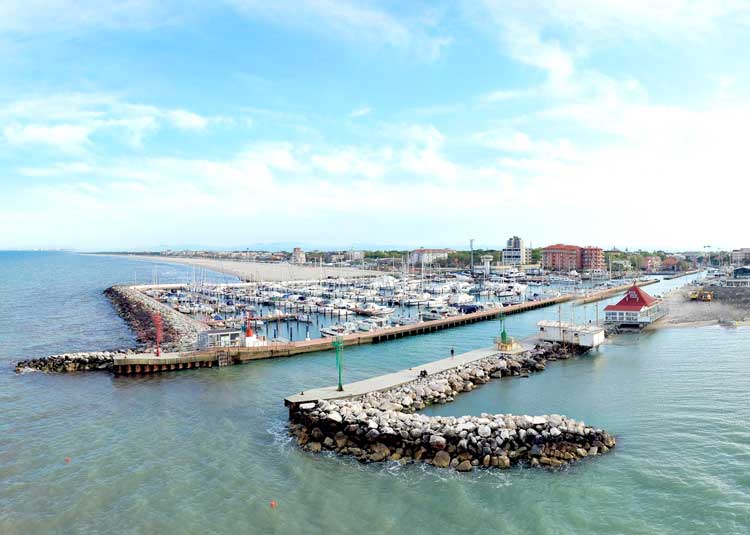
Integrating dredging in sustainable development
The paper Integrating dredging in sustainable development outlines the philosophy and concepts of sustainability and its application to water infrastructure projects focusing on practical issues for dredging.

IADC presents paper “Sand as a resource: Best practices to conduct responsible dredging projects”.
IADC presents paper “Sand as a resource: Best practices to conduct responsible dredging projects”. It presents best practices for optimal use of scarce sand resources, on both project and operational levels. Every stage of a project presents opportunities to increase the sustainability of sand extraction.

Sand as a Resource
The paper Sand as a resource: Best practices to conduct responsible dredging projects presents best practices for optimal use of scarce sand resources, on both project and operational levels. Every stage of a project presents opportunities to increase the sustainability of sand extraction.

Balancing project progress and limited system knowledge in Amatique Bay
The development of a new marine project demands a system approach in which all aspects, including technical, economic, environmental and social, are considered and integrated equally and at an early stage. While insufficient information may be available to make informed decisions, choices need to be made to progress a project, assess impacts and risks, and engage stakeholders. This article explores the case of a new port terminal in Amatique Bay, Guatemala. A method was developed to assess, at an early stage, the potential negative impacts on seagrass habitats from the disposal of dredged material at different locations, while having limited real-time and location-specific information at hand.

Creating mangrove habitat for shoreline protection
Over the past decades, there has been a growing interest in exploring innovative ways to minimise the environmental footprint of coastal developments and in nature-based approaches for shoreline protection. At Mubarraz Island near Abu Dhabi (UAE), an international oil company beneficially reused ~12 million m³ of dredged material to protect pipelines, construct a causeway and create mangrove habitat to manage coastal erosion. This ‘Working with Nature’ approach has provided a cost-effective nature-based solution for shoreline protection, with added benefits for biodiversity conservation.

LIFE MARINAPLAN PLUS Project: Sustainable marine and coastal seabed management
In June 2019, the research team of the LIFE MARINAPLAN PLUS project began operating the first-of-a-kind demonstration plant installation at the harbour entrance of Marina di Cervia (Italy). Fulfilling the project’s objective to apply at industrial scale a reliable technology for the sustainable management of sediment in marine infrastructures, this technology prevents harbour silting through the use of submerged devices called ‘ejectors’ installed on the seabed.

Interview: Stéphanie Groen, Director of Coastal & Climate Change in Asia for Aurecon in Singapore
Stéphanie Groen works as the Director of Coastal & Climate Change, Asia for Aurecon. Based in Singapore, she was appointed to the position at the beginning of 2020. Previously, Stéphanie was involved in marine and environmental projects for more than 15 years with DHI and her education is in civil engineering and business administration. IADC also knows Stéphanie as the winner of the Young Author Award in 2007. More recently, she was appointed as a committee member to the prestigious FIDIC Sustainable Development Committee. We were interested to hear more from Stéphanie – her views on sustainability, the collaboration with the dredging industry through FIDIC and what her new role can mean for sustainable water infrastructure projects.

Environmental Monitoring
The new IADC-CEDA Fact Sheet about Environmental Monitoring is now available in the IADC Knowledge Centre.

